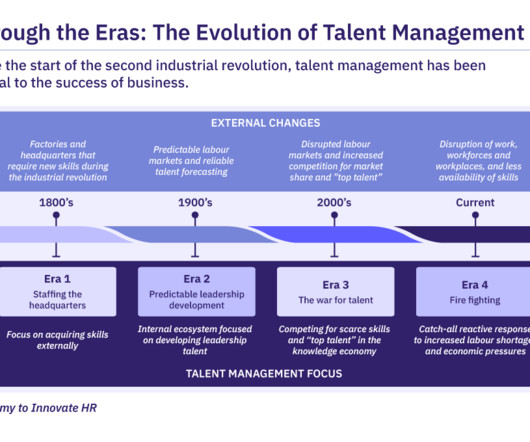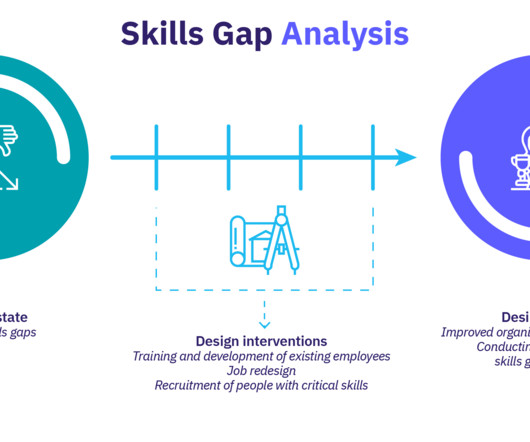Why talent acquisition teams need to get closer to L&D
HRExecutive
MARCH 11, 2024
With skills-based hiring and internal mobility growing priorities for HR, talent acquisition teams are increasingly concerned with their organization’s learning and development opportunities. ” The post Why talent acquisition teams need to get closer to L&D appeared first on HR Executive.

















Let's personalize your content